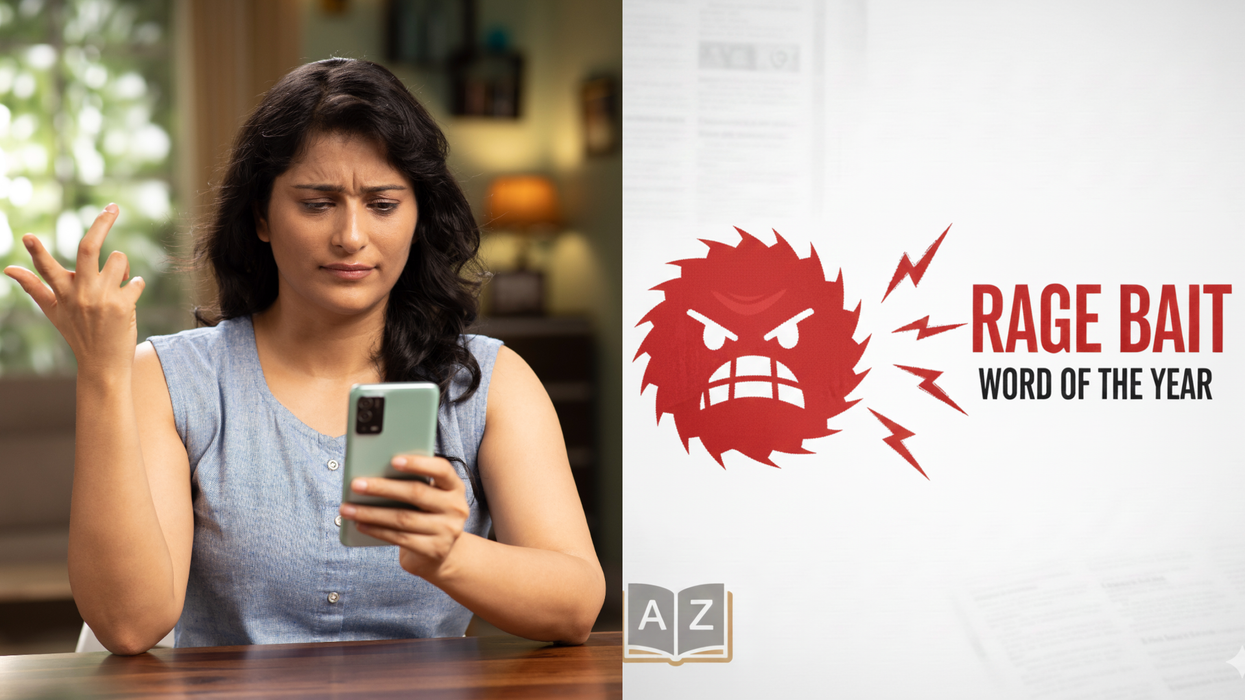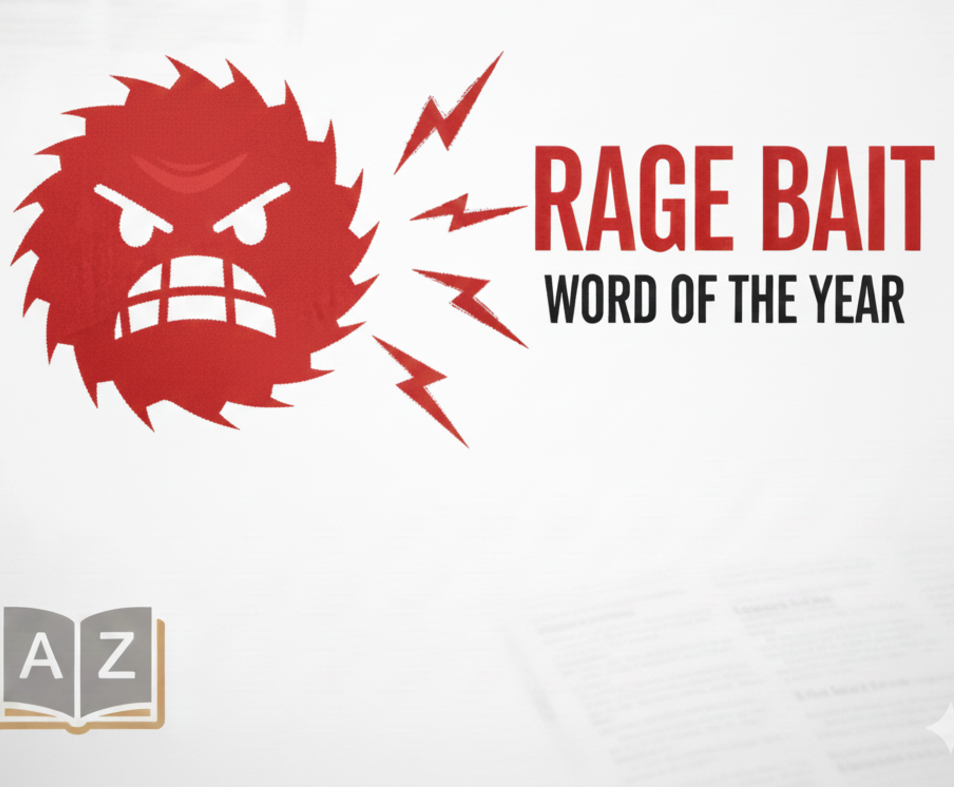by LAUREN CODLING
SENIOR doctors have welcomed the launch of a new support scheme designed to help tackle mental health within NHS staff, as recent statistics revealed 40 per cent of GPs have experienced anxiety or depression.
The NHS announced the new mental health support system last Friday (5), as pressures and cutbacks have seen many doctors taking sick leave to cope with anxiety and depression.
Statistics released by BMJ in August show that two in five GPs in England and Wales have experienced conditions such as depression, anxiety, bipolar disorder, and post-traumatic stress disorder.
Earlier this year, data from 170 trusts revealed over 200,000 health service employees took time off to deal with stress, anxiety or another mental health-related issue in the past three years.
Additional statistics showed that more than 91,000 NHS employees have taken at least a month off work to deal with stress.
The funding for the new scheme, covering around 110,000 doctors as well as those already been supported, will build on the NHS’s programme for GPs and trainees suffering from mental health issues.
Launched last year, the confidential service has successfully treated over 1,500 GPs. Professor Mayur Lakhani CBE, president of The Royal College of General Practitioners (RCGP), told Eastern Eye he welcomed the support of the new system.
“Working as a doctor is stressful, especially due to a high workload, complaints and fear of litigation,” Prof Lakhani said. “Happy doctors make for happy patients, so I really welcome this.”
He added although doctors may suffer from stress, he hoped to reassure patients that “they perform to a safe standard and will care for patients”.
Dr Kailash Chand OBE, vice-president of the British Medical Association (BMA), told Eastern Eye he was delighted by the extra funding to make mental health support service available to all the doctors nationally.
“Doctors are more likely than any other profession to have mental health problems,” he explained. “Many doctors work long hours and have heavy workloads, which can cause severe depression and lead to suicide attempts.”
He described the profession as “not only physically but also mentally and emotionally demanding”, especially if a doctor was working with limited resources and little support.
“Not being able to take appropriate steps for patients is a major stress – and doctors talk about lying awake worrying about what’s happening to their patients as they want the best for them,” Dr Chand said.
In an Eastern Eye investigation earlier this year, several Asian doctors came forward to reveal the stresses of working in the public health service.
Dr Samar Mahmood, a GP in South Yorkshire, said he had seen and treated several nurses suffering from anxiety and depression which they have attributed to their job.
Dr Mahmood, who qualified as a GP in 2015, explained while he has not taken time off due to stress, the effects of stress have made him physically ill on numerous occasions. He remarked the high number of patients he sees in a single working day is “physically and mentally very tiring and stressful”.
A female doctor, who wished to remain anonymous, said she had contemplated changing her career path due to the stress she had endured. “I’ve thought about giving it all up and I’ve looked at going abroad,” she admitted.
Rohit Sagoo, a paediatric nurse and founder of British Sikh Nurses, said it was positive when the NHS recognised the mental health and well-being needs of their staff. He hoped that the scheme would help reduce the number of doctors leaving the profession.
“The news is a great boost of funding that is a long time coming, as many doctors may have burned out through the psychological pressures of working in the NHS,” he told Eastern Eye.
Last Friday, NHS England chief executive Simon Stevens said the new funding would help all NHS doctors by providing a “safe, confidential non-stigmatising” service to turn to when they are struggling and need help.
“It means the NHS will now have the most comprehensive national mental health support offer to doctors of any country’s health system in the world,” Stevens said. “Ultimately it will be patients and not just their doctors who will benefit.”





 Rage bait isn’t just clickbait — it’s Oxford University Press’ word of the year for 2025 iStock/Gemini AI
Rage bait isn’t just clickbait — it’s Oxford University Press’ word of the year for 2025 iStock/Gemini AI 
 Online Trends iStock
Online Trends iStock Rage bait isn\u2019t just clickbait \u2014 it\u2019s Oxford University Press\u2019 word of the year for 2025 iStock/Gemini AI
Rage bait isn\u2019t just clickbait \u2014 it\u2019s Oxford University Press\u2019 word of the year for 2025 iStock/Gemini AI 






